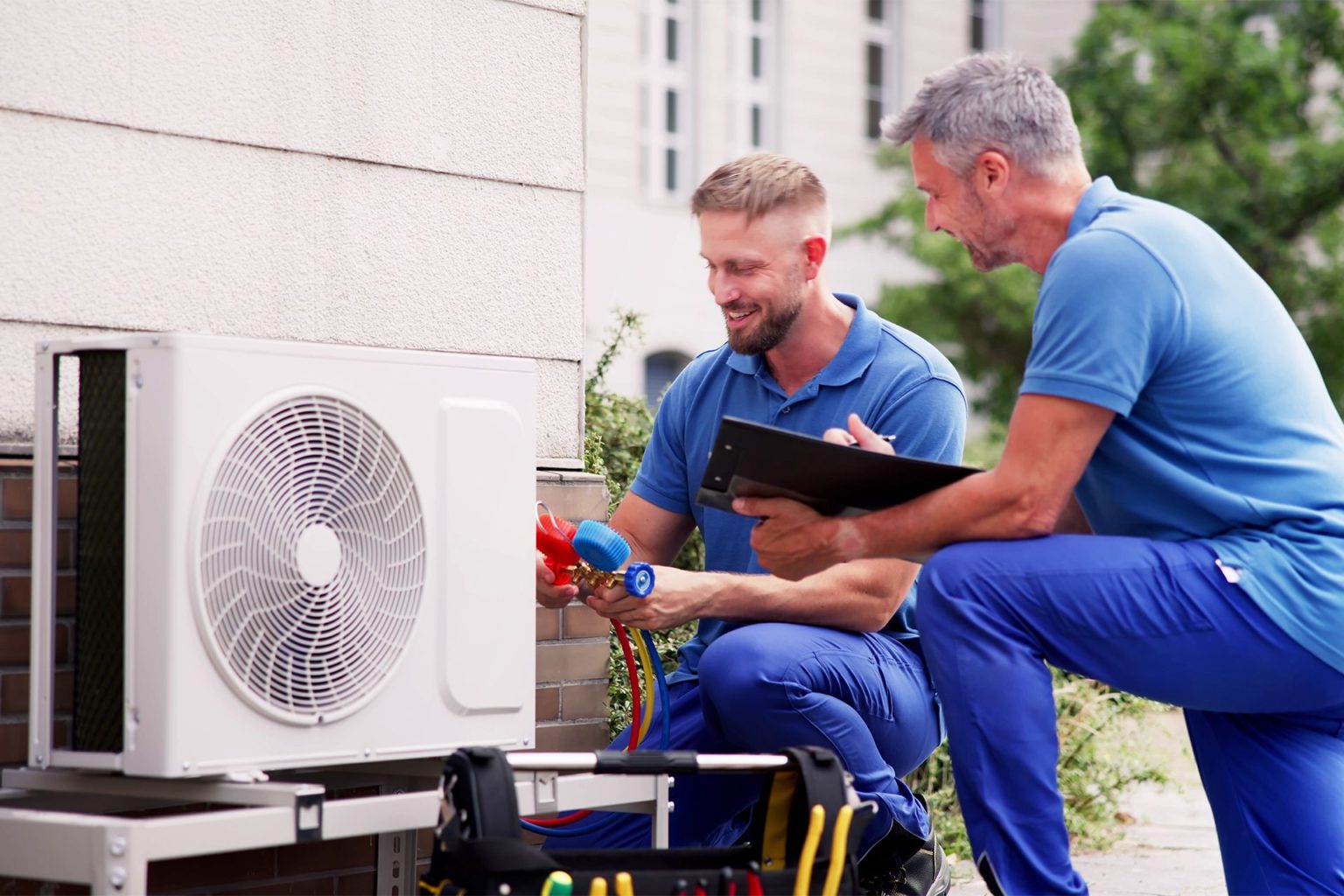Maintaining a consistent and comfortable indoor temperature is crucial for both comfort and energy efficiency. Whether you’re trying to keep your home warm in the winter or cool during the summer, managing your home’s temperature involves a combination of smart design, regular maintenance, and energy-efficient solutions.
Here are some practical ways to better manage indoor temperatures and create a comfortable living environment year-round.
Consider AC Installation for Efficient Cooling
When the summer heat sets in, a reliable air conditioning system is essential for keeping your home cool. AC installation is one of the most effective ways to regulate indoor temperatures.
Depending on the size of your home, you may opt for a central air conditioning system, a ductless mini-split, or a window unit. A properly installed air conditioner will efficiently cool your home, allowing you to control the temperature with ease.
Make sure to choose an AC system that fits your home’s layout and your cooling needs. Professional installation is key to ensuring that the system is sized correctly and operates at maximum efficiency. This way, you can avoid energy waste and enjoy consistent cooling throughout the warmer months.
Regular Air Duct Repair for Better Airflow
Your HVAC system depends on air ducts to circulate heated or cooled air throughout your home. Over time, ducts can become damaged or develop leaks, which can severely affect the efficiency of your heating and cooling system. Air duct repair helps maintain proper airflow and ensures that your HVAC system works effectively, providing consistent temperatures in every room.
Having your air ducts inspected and repaired regularly helps prevent air loss, reduces energy bills, and improves indoor air quality. If your ducts are leaking or have holes, cool or warm air escapes, and your system must work harder to maintain your desired temperature, ultimately wasting energy and money.
Use Programmable Thermostats
One of the easiest ways to manage indoor temperatures efficiently is by using a programmable thermostat. This device allows you to set specific temperatures for different times of the day, ensuring that your home is always at the ideal temperature without wasting energy.
For example, you can program your thermostat to lower the temperature while you’re at work during the day and automatically adjust to a more comfortable level when you return home.
Many modern programmable thermostats are also smart, meaning they can be controlled remotely through an app. This allows you to adjust the temperature from anywhere, ensuring comfort when you arrive home and optimizing energy savings when you’re away.
Seal Gaps and Insulate Your Home
Proper insulation and sealing are essential for maintaining indoor temperatures. Gaps around windows, doors, and even walls allow warm or cool air to escape, making your HVAC system work harder and reducing its efficiency. Sealing gaps with weatherstripping or caulking is a simple and cost-effective way to ensure that your heating and cooling systems remain effective.
In addition to sealing gaps, ensure that your home is properly insulated, particularly in the attic and walls. Insulation helps keep the desired temperature inside, whether you’re trying to stay warm in winter or cool in the summer. With proper insulation, your HVAC system doesn’t have to work as hard, leading to energy savings and a more comfortable home.
Use Ceiling Fans for Circulation
Ceiling fans are a great way to enhance temperature regulation in your home. They help circulate air, creating a cooling effect during hot months, and can even help distribute warm air in the winter. By using ceiling fans, you can improve airflow and make your home feel more comfortable without relying solely on air conditioning or heating.
In the warmer months, set ceiling fans to rotate counterclockwise to create a wind-chill effect. In the cooler months, reverse the fan’s direction to push warm air down from the ceiling and improve the efficiency of your heating system. Ceiling fans are a cost-effective way to supplement your AC or heating system, helping you maintain a comfortable temperature.


